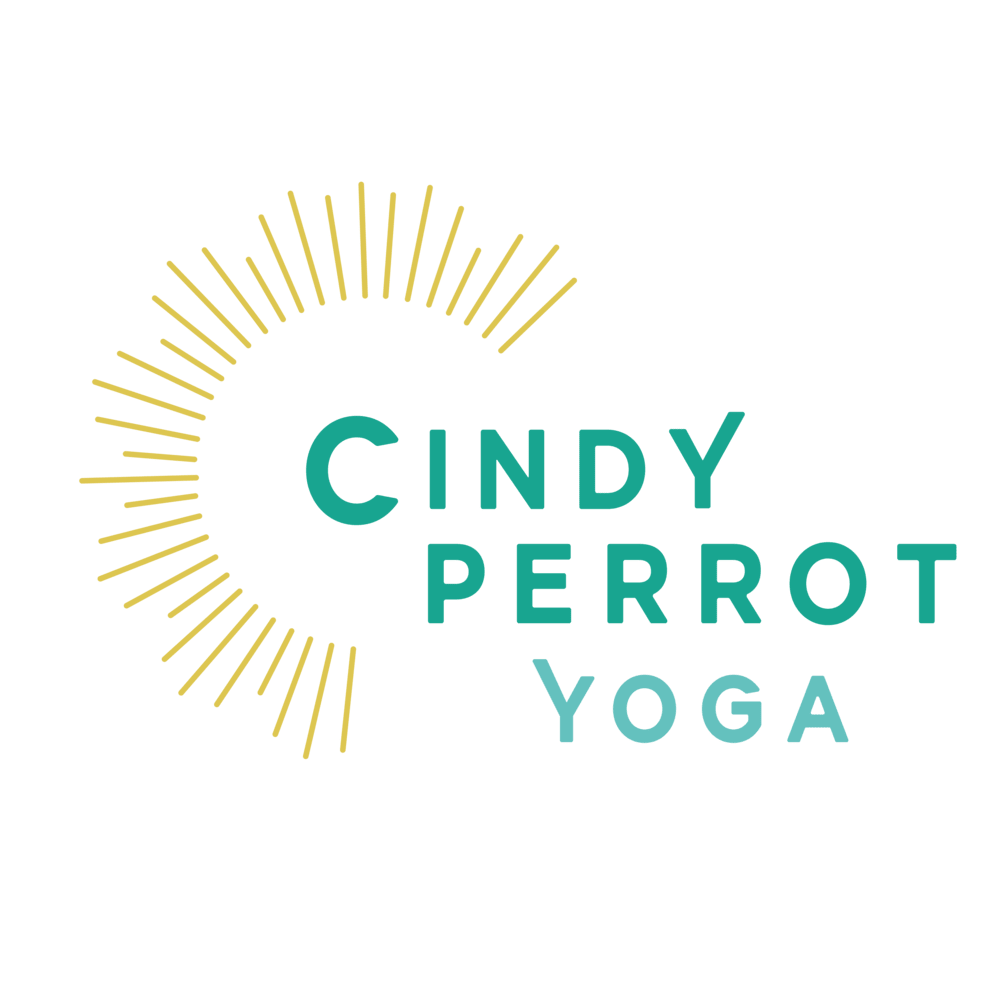Bandhas — a term heard within a yoga studio, but rarely outside. What are they, digging deeper than the casual mention in-class or in yoga books, blogs? Without losing their origins, can they be related to a Western understanding? How can I put them into consistent practice? Let’s spark something.
Bandhas are taught in yoga as energy locks: with prana as a life force, engaging bandhas is to move and lock prana into physical areas of the body, to restrict the current of life from overloading parts of the system. They hold most influence in pranayama (breathwork), but are also referenced in parts of asana (poses) practice. Lacking 100% commitment to this theory, they can be seen as another interesting yoga exercise of accessing deep (and dormant?) muscle systems, asserting control over these subtleties and gaining the body-mind confidence that yoga does best.
Three major bandhas:
Mula bandha
Akin to pelvic floor engagement – involves a gentle lift of the pelvic floor, a gathering of the sit-bones to lift energy and strength from the very inner and lowest core, activating the root chakra and a deep, dormant energy. It moves well with breath, so is not meant to be held continuously in a practice: many modern-day practitioners have advised engaging mula bandha (lifting pelvic floor) on an exhale to mirror the diaphragm lift, but documented pranayama guidelines engage on the inhale. This could speak to the ability of this muscle group – it can be engaged on either – the main work may be to simply connect with this area (especially after child birth—even 10 years after child birth!), and then play with exhale, with inhale, with degrees of lift and release, and with incorporation into asana, especially planks and standing poses.
Uddiyana bandha
Akin to Pilates’ “scoop” of bringing navel in and up to engage global abdominals (including transverse abdominus) – involves sucking in the belly, or more accurately, lifting the diaphragm high up the thorax and pulling in the abdominal organs against the back towards the spine. Many have done this while holding the (chest) breath…as kids perhaps…but try it without the holding in the in-breath—namely, on the exhale and/or the exhale retention – and without noticeably moving the chest. In Pilates core mat work, we work from a flat belly if we want a flat belly, meaning we keep a (mini)-uddiyana bandha engagement throughout the repetitions, strengthening our inner “corset” muscles that can change the shape of the waist. In yoga, this engagement can lift and lock energy higher in the torso, towards the head. In conjunction with mula bandha, it can be the extra strength and space to go deeper into a forward fold. Again, one employs a mini-uddiyana bandha when in conjunction with poses and movement; to address the full uddiyana bandha of yoga practitioners requires the most significant hollowing of the belly and full commitment, most easily practiced when standing with knees bent, leaned forward, hands on knees and arms locked to experience the “flying up” of prana.
Jalandhara bandha
Akin to a back/spine alignment exercise, stretching cervical spine – involves dropping the chin to the chest in a very intentional way, and lifting the chest to approach the chin at the notch between the collar bones. Physically, it is a big stretch at the back of the neck, that can extend to between the shoulder blades. If one unravels the spine from this position and keeps chin in (unassisted, use just neck strength), there can be a sense of head-weight resting deep in the spine once head is lifted/back to neutral, and sometimes a gentle adjustment of upper vertebrae. In prana work, this bandha/lock of chin-to-chest is important to restrict the prana flow to the highest chakras. It is a feeling of surrender and focus, used often in pranayama but also in meditation. Ujjayi breath (audible breath) quite naturally accompanies this lock.
Two favourite, bonus bandhas:
Pada bandha
Akin to exercises in lifting the foot arch to strengthen and maintain this important shock-absorber – involves a lock of the feet (pada) that propagates up the legs and into the hold of the hips. Rooting through the four corners of the feet (the big toe mound, baby toe mound, and either side of heel), pull up through the arch, strongly engaging the (underutilized) inner leg and knee that then aligns the hips. Energetically, this is powerful lift that can then continue into mula bandha and uddiyana bandha for a strong sense of inner strength and stability. Try it in tadasana (a yoga teacher trick is to put a block between the thighs to engage the legs similarly), but also try it in a variety of standing asana.
Jivha bandha
Akin to practicing jaw relaxation to treat and avoid jaw joint pain, associated headaches – involves pressing the tongue to the top of the mouth while mouth is closed and jaw (naturally) parts. Pressing firmly and with the entire tongue to the upper palate is one approach, and one that may need practice; starting with simply extending the tongue to the upper palate can be a good starting point. The more relaxed approach shows that with jivha bandha, it is very difficult (impossible?) to lock the jaw and create tension, to propagate stress; it is the two-way GAUGE of ease in a pose or in a situation (did you lose jivha bandha and clench your jaw? You are not at ease), and the INITIATOR of ease (engage this bandha, the jaw will relax and that’s a step towards ease).
The options are endless in yoga practice, with bandhas; what were ordinary and boring poses or pranayama breathing methods, have new life with bandha work. After playing with each bandha on its own, as described in each section above, get creative. Yoga is to be done with steadiness and ease: try matching mula bandha and/or pada bandha engagement for steadiness with jivha bandha for ease, throughout your practice. Incorporate more uddiyana bandha into your gym sessions to develop deep core strength. Add julandhara bandha to your “surrendering” meditations, when you desire to let go. Dive deep into classic yoga references (such as “Light on Yoga”, by B.K.S. Iyengar) to systematically incorporate multiple bandhas into intentional pranayama work, with care. Honour these traditions, marvel at this ancient knowledge being rebranded and revalued in modern day healthcare and science, and reinspire your yoga practice.


